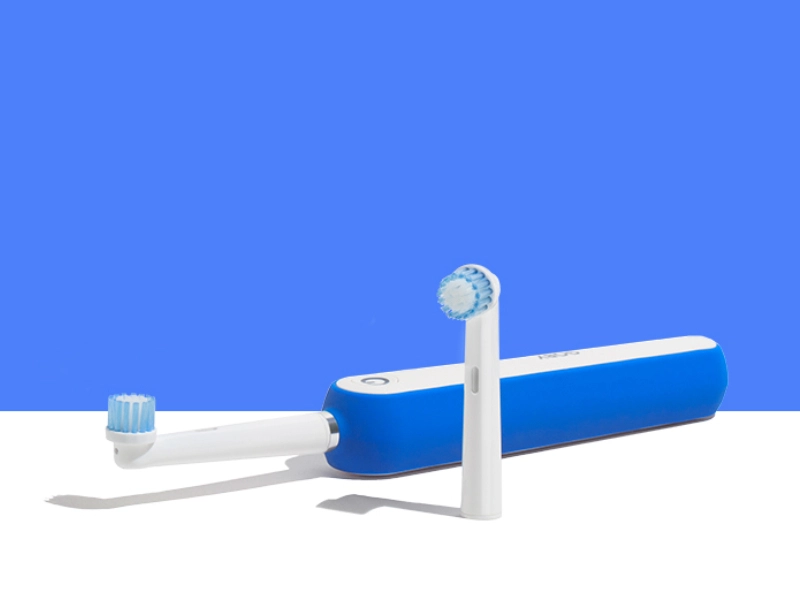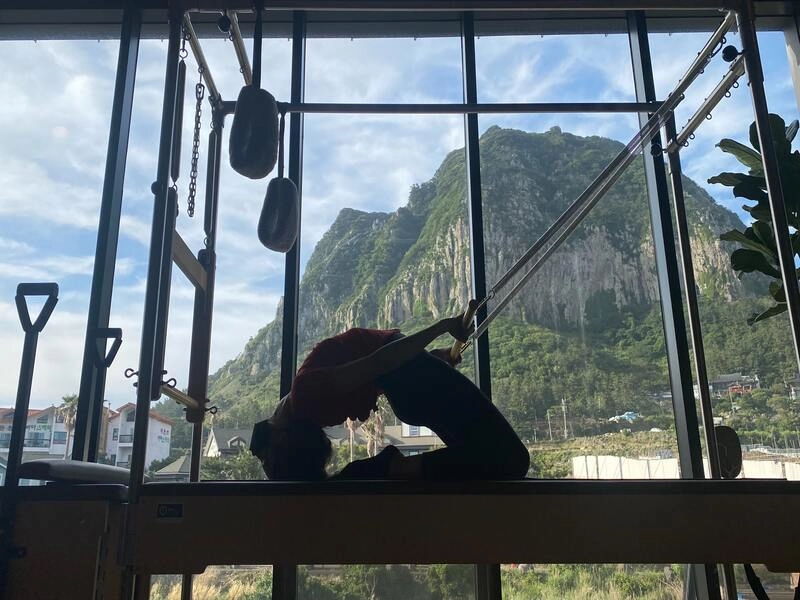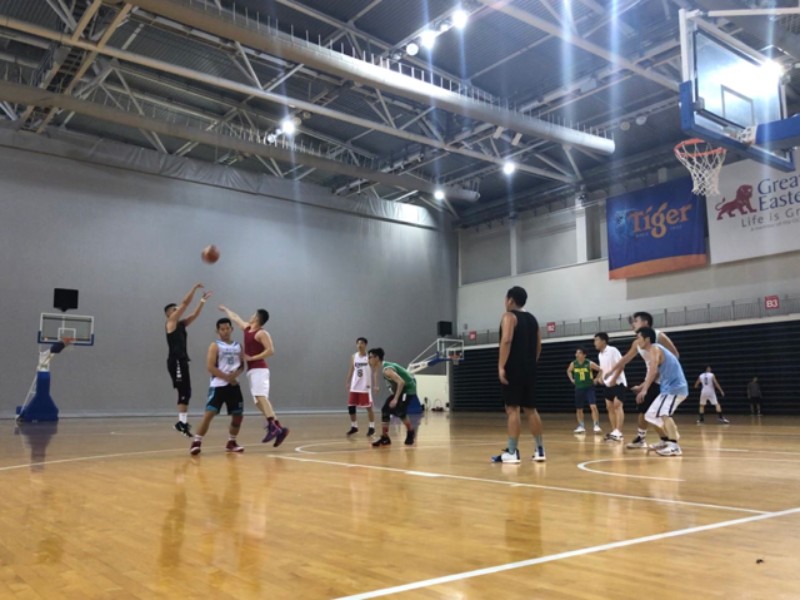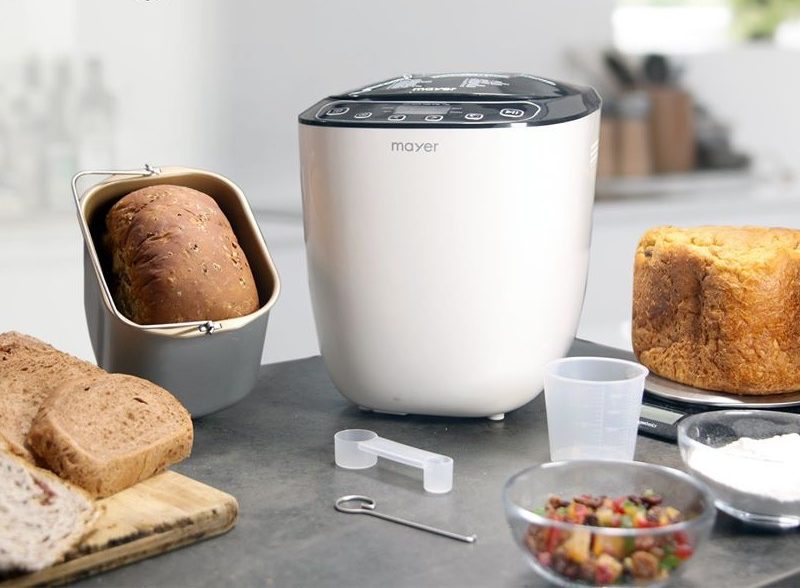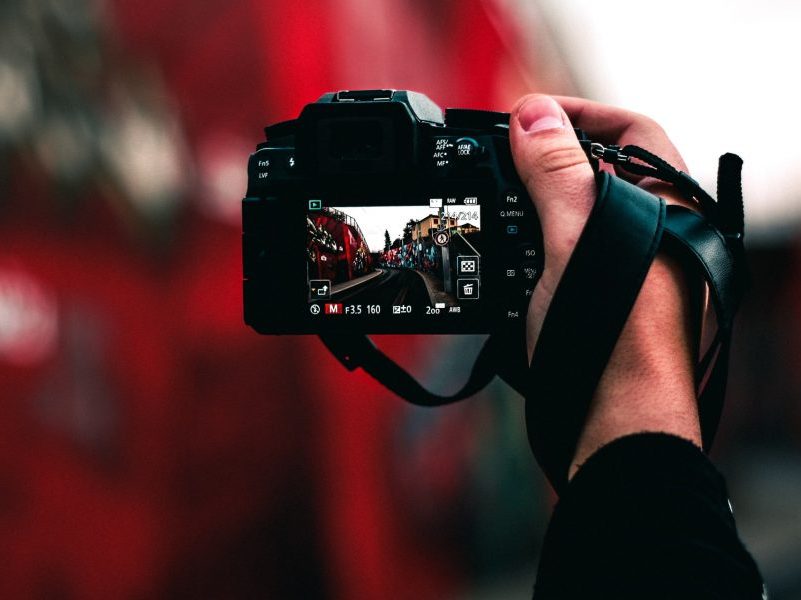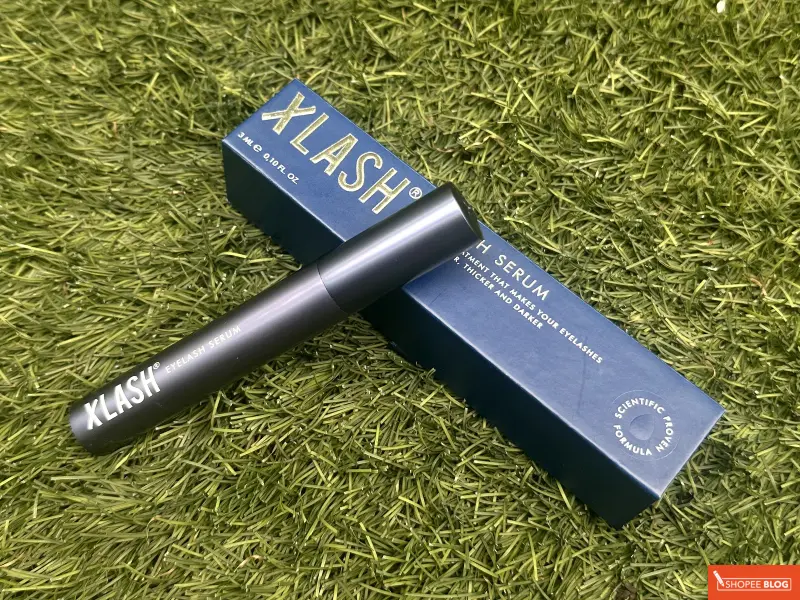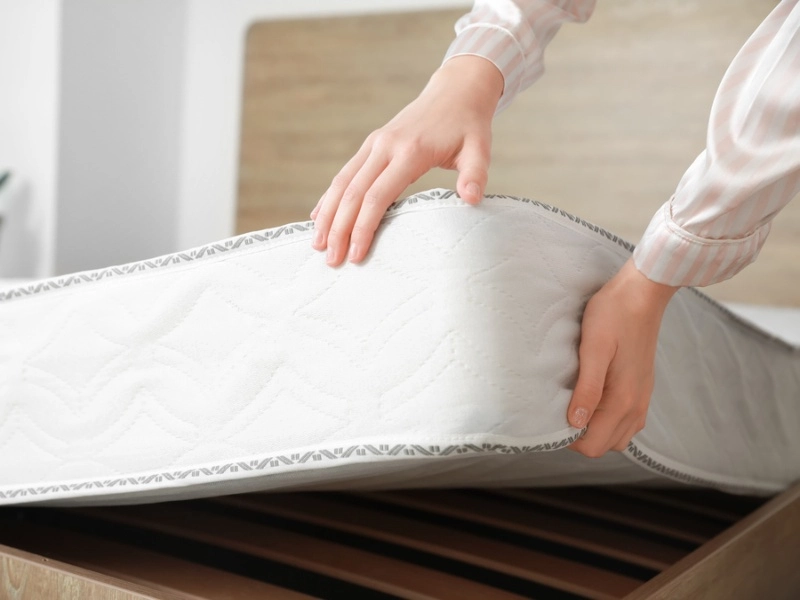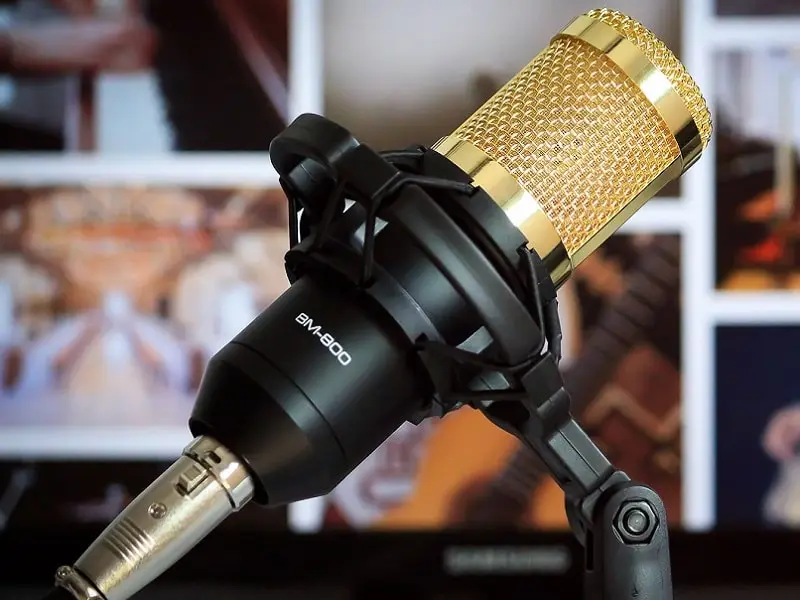Rock climbing is becoming a popular sport in Singapore and it’s not hard to see why! It’s a fun and challenging activity and while still promising a full-body workout. But if you’re heading to a rock climbing gym for the first time, many things can seem foreign and unfamiliar. This guide to rock climbing for beginners will give you a rundown of the essential gear to arm yourself with and techniques you need to keep in mind for a fulfilling first climbing session!
Our Recommendations
Types of rock climbing
There are numerous types of rock climbing, both on open rock surfaces and in indoor climbing gyms – did you know that people even participate in ice climbing? Below are just three of the most common forms of rock climbing in Singapore.
1. Top-rope climbing
When you think of rock climbing, top-rope climbing is likely to be the first thing that’ll come to mind. In this form of rock climbing, a climbing rope is attached to an anchor at the top of the climbing wall, while a climber and a belayer (handles the climbing rope at the foot of the wall) is hooked onto either end of the rope. The climber ascends the wall by gripping the climbing tiles while the belayer ensures that the climber is able to climb and descend safely by keeping the climbing rope taut. There are varying levels of difficulty when it comes to top-rope climbing, from simple climbs for beginners to challenging ones for veterans.
2. Lead climbing
This type of rock climbing requires more expertise and specialised lead climbing gear to carry out. Even so, it’s one of the more popular types of climbing in Singapore. In this form of rock climbing, the climber brings the rope up with them while climbing. They clip the rope along regular intervals while ascending and this safety feature breaks their fall if they lose their grip or slip.
3. Bouldering
A crowd-favourite among veterans and beginners alike, bouldering is rock climbing without the use of ropes or harnesses. This form of climbing is done on shorter walls and climbers jump off the wall onto a thickly padded bouldering mat once they’ve completed their climbing route. Bouldering does not require as much rock climbing gear and hence it’s a convenient form of rock climbing in Singapore
Essential rock climbing gear to get in Singapore
While most rock climbing gyms have the basic climbing gear available for rental, prices can be steep. So it’s worth investing in your own rock climbing gear — especially if you’ve decided to climb regularly! Read on for some of the rock climbing gear that you’ll need for indoor climbing in Singapore. Bonus tip: Wear long pants to avoid unwanted scratches and cuts on your knees. Sports tights or joggers do the trick!
1. Climbing shoes
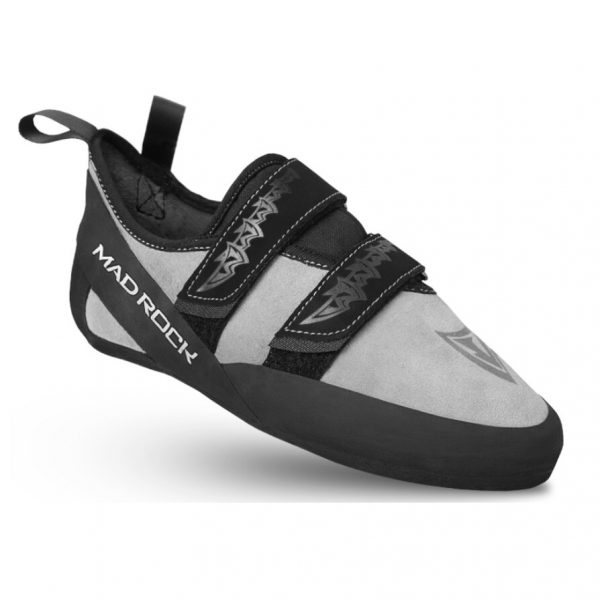
“Are climbing shoes essential, why can’t I just rock climb in my sports shoes?” you may ask. While sports shoes can still allow you to scale a rock climbing wall, they are not the best-suited shoes for climbing. Grab a pair of climbing shoes (available on Korea want you) if you plan to climb regularly. Climbing shoes are made from a specialised rubber that increases friction between the shoes and tiles on the climbing wall. This enables you to step on tiles with greater pressure and better stability. Bonus tip: Get a pair of shoes that fits snugly around your toes and heels to allow you to step more firmly when climbing.
2. Chalk bag and chalk ball
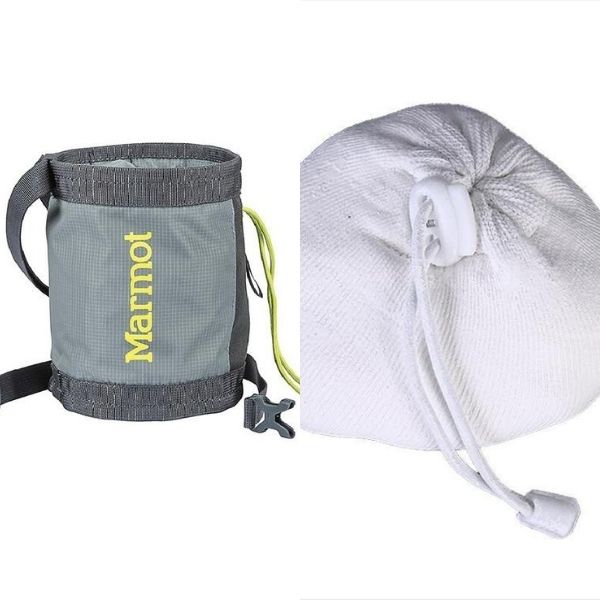
Most climbers will swear by the importance of a chalk bag and chalk ball. Used in all types of climbing in Singapore, this rock climbing gear is essential for absorbing excess moisture in the palms for better climbing performance. Buy a Marmot Rock Chalk Bag (available on Campers’ Corner Official Store) and squeeze a chalk-filled chalk ball (available on woyao1) into it. Lathering your palms with chalk before climbing allows you to grip better — this means that you’ll spend more time on the wall and less time falling!
3. Finger tape
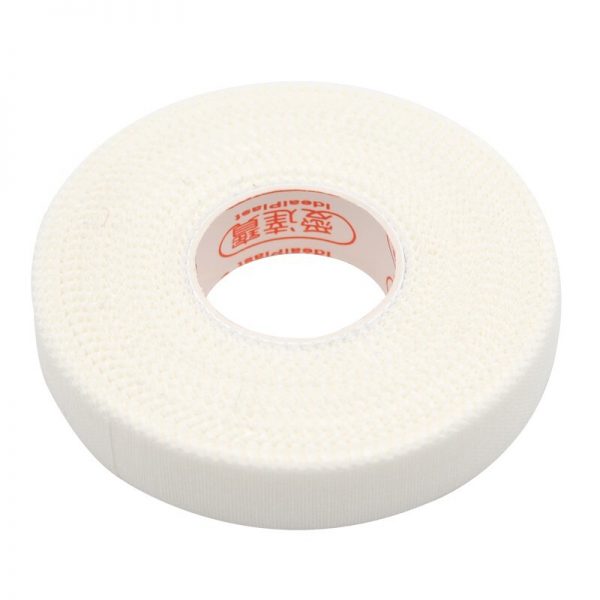
Climbing finger tape (available on mayrecords.sg) is primarily used around finger joints to prevent joint pain. As these tapes are tougher and more durable than medical plasters, they are also a suitable substitute for plaster if you get cuts or skin tears while climbing.
4. Carabiner and belay device (for rope climbing)
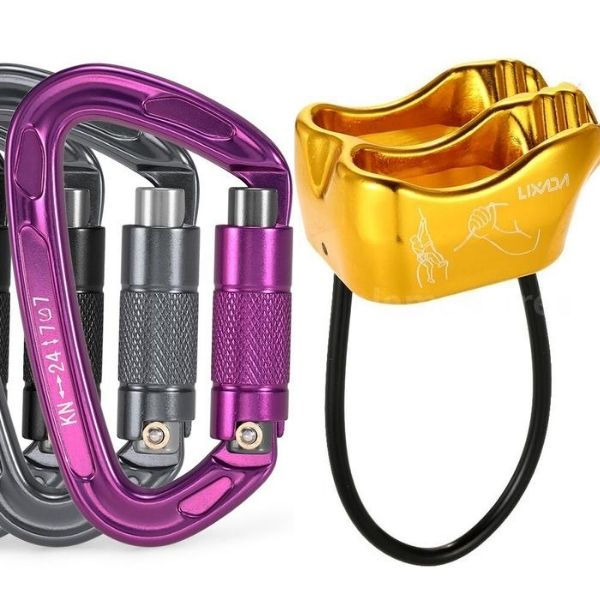
To belay a rock climber, you’d need a carabiner (available on pathfinder.sg) and belay device (available on lemontree outdoor sport). The carabiner allows for convenient attachment and detachment from the harness while the belay device provides added friction and support to allow you to belay a heavier person without difficulty.
5. Harness (for rope climbing)
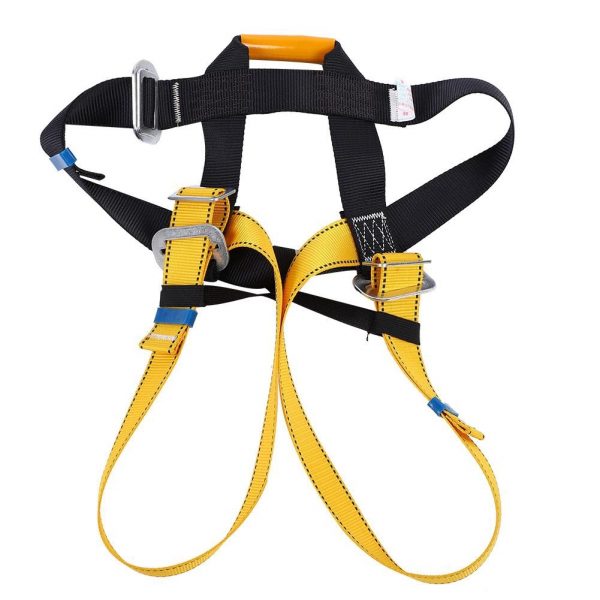
Climbing harnesses (available on Sea’s House) are necessary safety devices for all types of rope climbing. Usually made from webbed nylon, climbing harnesses are able to support the weight of the climber as they descend from the wall. Climbing ropes are also attached to the climber via a carabiner onto the harness.
Rock climbing tips and techniques for beginners
While you’ll be able to walk into a rock climbing gym and climb right off the bat, climbing inaccurately can lead to arduous and tiring sessions that are just no fun. Take note of some of these simple yet effective rock climbing tips and techniques for beginners and you’ll improve your climbing ability in no time!
1. Keep your arms straight while climbing
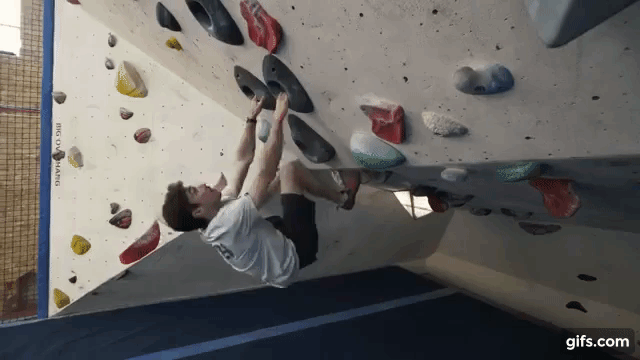
One of the most important rock climbing tips for beginners is to climb with extended arms. When gripping onto rock climbing tiles, you should always ensure that your arms are kept straight. Keeping your arms straight and your chest away from the wall prevents your arms from being overworked. It’ll also allow you to climb for longer without feeling fatigued. With time, you’ll also find that rock climbing with straight arms feels more natural and comfortable than climbing with bent arms.
2. Fall safely (for bouldering)
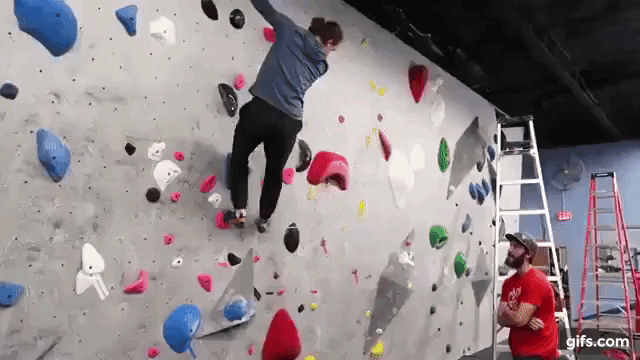
Letting go off the climbing tile and falling from the top of a bouldering wall can be terrifying. But if you follow these simple tips, you’d be able to fall safely and unharmed. When falling from a bouldering wall:
- Land on your feet or backside
- Never break your fall with your hands — this can lead to wrist and finger injuries
- Don’t resist the falling motion — roll on your back if you need to before coming to a safe stop
3. Step on climbing tiles the right way
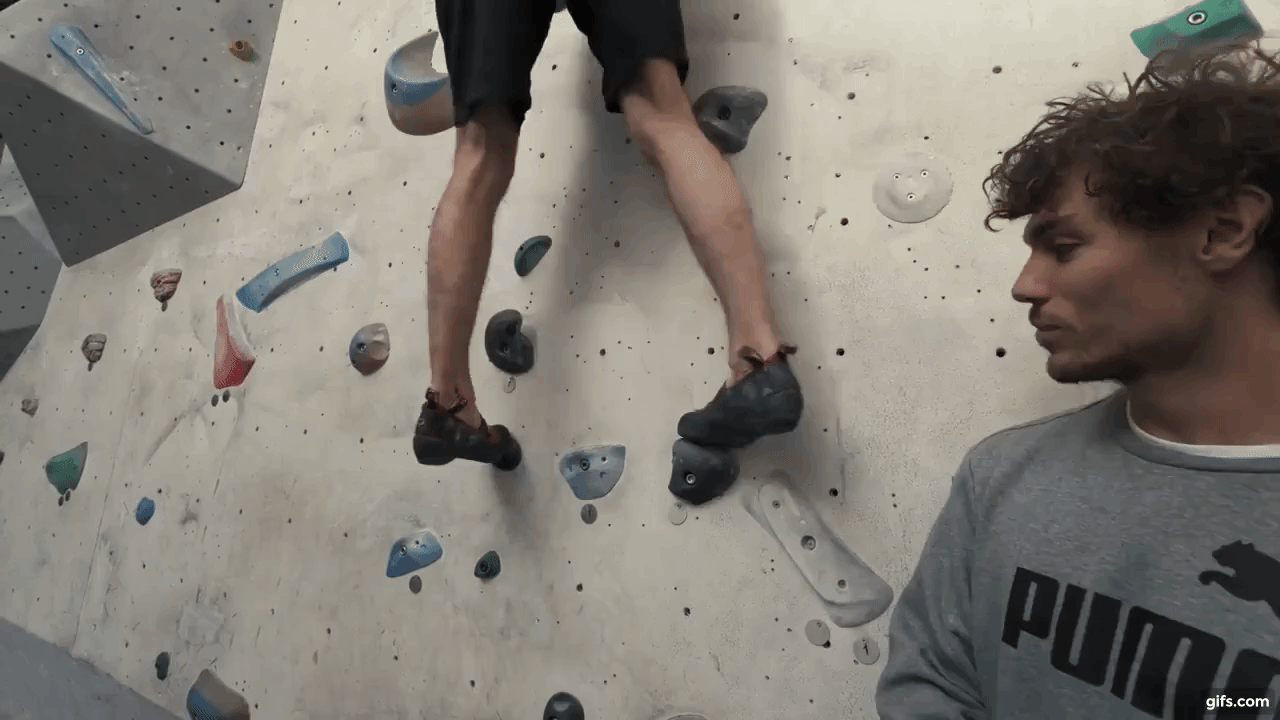
While it may seem like rock climbing is all about upper body strength, proper stepping and footwork is equally as important. Stepping accurately is a valuable rock climbing tip for beginners. You should always be stepping on climbing tiles with your toes. By doing so you’ll be able to step with greater force, easily pivot your foot and reach for higher climbing tiles. Relying on your feet while climbing is a must. By incorporating these simple techniques into your climbing, you’d experience an improvement in your climbing ability almost immediately!
Put this rock climbing guide for beginners to the test!
With this guide to rock climbing for beginners, you’re now ready to scale to new heights during your next climbing session! Is it your first time heading to a climbing gym? Be sure to check out this roundup of some of the best climbing gyms in Singapore (for both adults and kids). Otherwise, if you’re looking for interesting cardio workouts to try in Singapore, this guide to the best HIIT classes in Singapore will point you in the right direction. Are you a newbie to the gym life? Take a look at this beginner’s guide to using gym equipment and make sure you’re using gym equipment the right way!

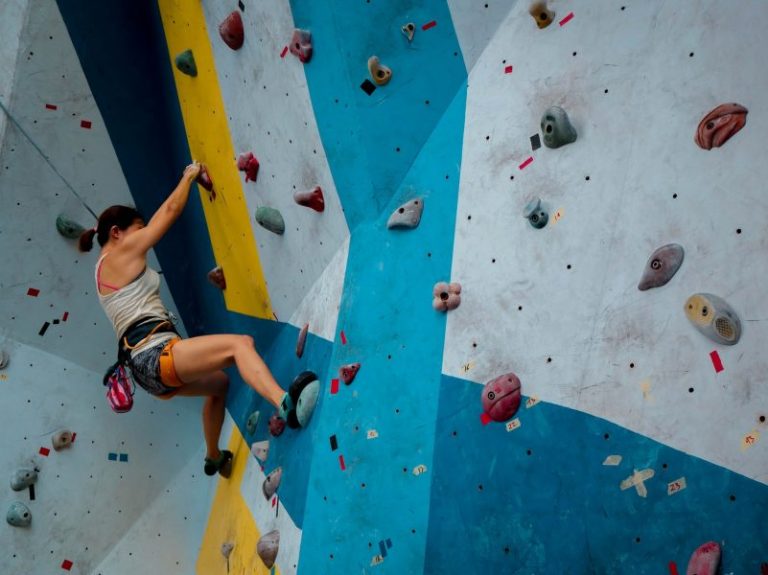









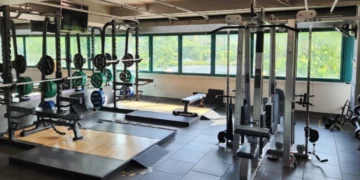
![(Credit: Jonathan Borba / Unsplash [Cropped])](https://shopee.sg/blog/wp-content/uploads/2024/02/best-personal-trainer-featured-360x180.webp)
![affordable activewear in singapore [featured]](https://shopee.sg/blog/wp-content/uploads/2024/11/affordable-activewear-in-singapore-featured-360x180.webp)
